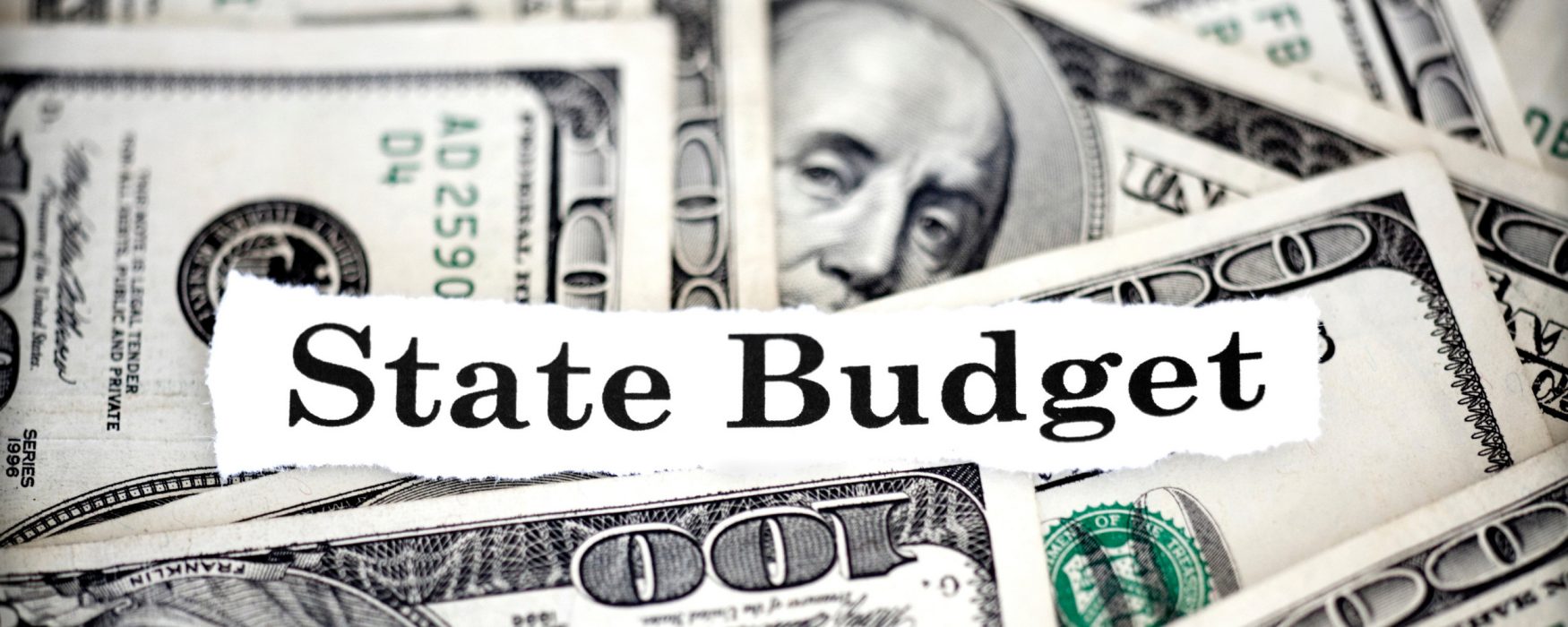
Article courtesy MIRS News for SBAM’s Lansing Watchdog e-newsletter
The Senate and House were setting up Wednesday their respective spending priorities in preparation for target negotiations with each other and the governor. House Appropriations Committee Chair Angela Witwer (D-Lansing) said she expected budgets to be completed and to the governor by mid-June.
Around $81 billion is expected to be spent in the Senate and House budgets, money that likely will need to be pared back after the Consensus Revenue Estimating Conference on May 19 shows an expected pattern of declining state revenues.
The Democratic majorities in both chambers are spending $5 billion more in Fiscal Year (FY) 2024 than the current year and they’re putting it in areas they feel have been underinvested in under Republican leadership at the forefront.
For example, there’s more money in public education with a focus on students from disadvantaged backgrounds. Free breakfast and lunch for all students are in the House, Senate and governor’s recommendations.
There’s more money for child care programming. State government’s ranks will be beefed up to run background checks on child care workers among other government functions, like environmental protection, under the Senate, House and governor’s plans.
The Senate wrapped up its proposed FY 2024 spending plan Wednesday afternoon while the House polished off all 17 departmental budgets by around 8 p.m.
In both chambers, the outcome was notably the same. Every Democrat voted for every department budget. Every Republican voted against every budget.
Republicans offered nearly 100 amendments in both chambers Wednesday. All of them were shot down.
House Minority Leader Matt Hall (R-Kalamazoo) said his caucus’ priorities start with bringing back a provision that gives legislative oversight back to inter-departmental transfers, a watchdog measure created after the budget blowup of 2019.
Hall said he’d like to see more money put into local roads and law enforcement.
In general, the House, Senate and governor’s plans are not drastically different from one another. The concepts and visions are nearly identical, but the approaches and funding amounts vary.
On the PreK-12 front, for example, the governor wants a 5% increase in the foundation allowance. The Senate wants 6% more. The House wants 4%.
The governor wants 11.5% more for schools with a higher percentage for at-risk students ($64.7 million). The Senate wants a sliding scale increase of 11.5% to 15.3% based on the percentage of at-risk students in a district ($173.1 million). The House wants a prorated 14.6% increase ($273.9 million).
The governor, Senate, and House all want weighted funding increases for schools with high numbers of English learners and special education students. How they calculate those increases varies.